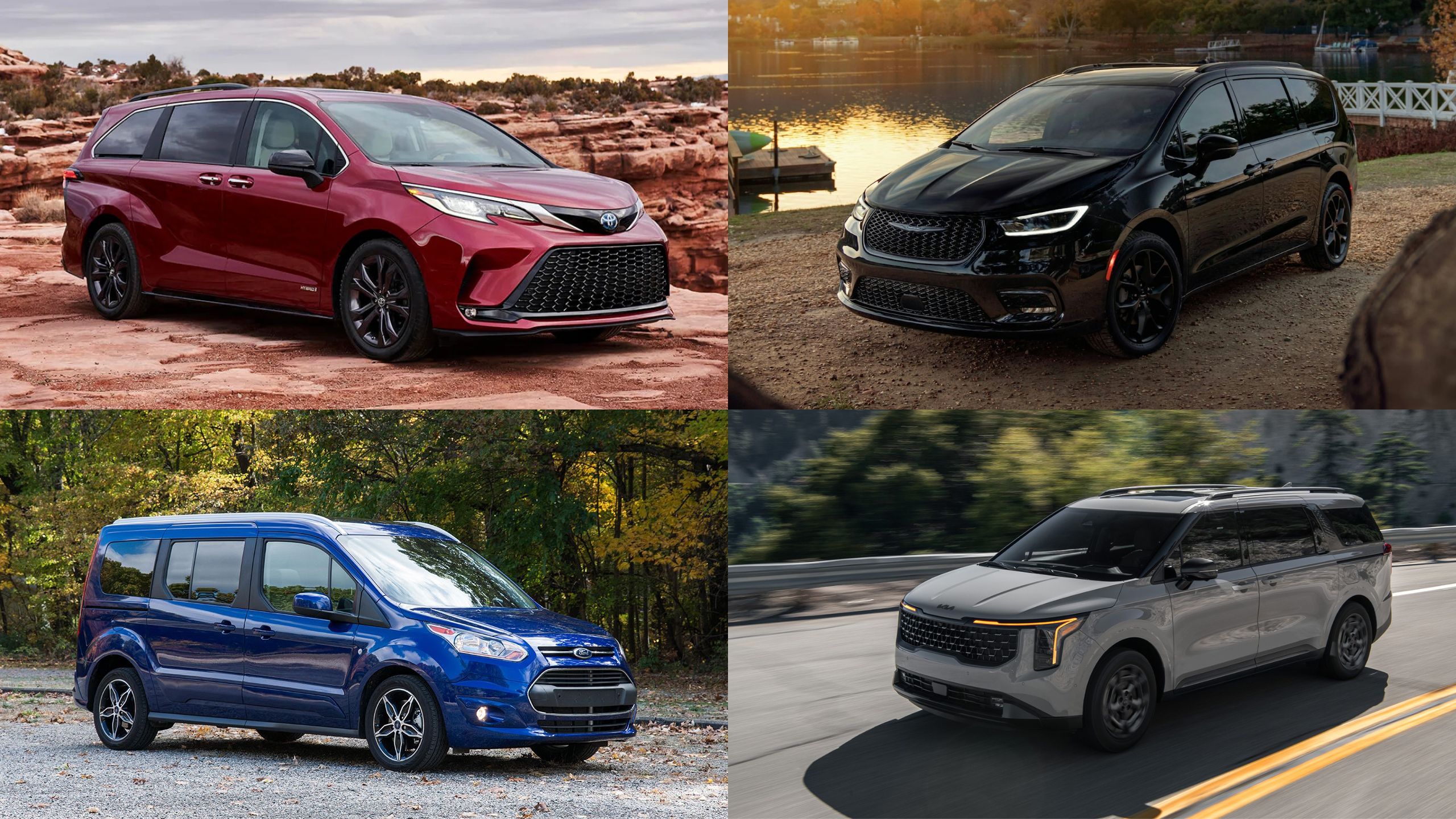Family transportation, safety is paramount, especially when it comes to protecting our most precious passengers: children.
Modern minivans have evolved far beyond simple people movers, transforming into sophisticated safety cocoons designed to provide parents with peace of mind.
Today’s top minivan models are engineering marvels, packed with cutting-edge technologies and intelligent design features that go well beyond traditional safety standards.
Parents face an overwhelming array of choices when selecting a family vehicle, with safety being the primary concern.
The right minivan can make a significant difference in protecting children during daily commutes, weekend adventures, and unexpected road situations.
Advanced safety technologies like automatic emergency braking, comprehensive airbag systems, adaptive cruise control, and sophisticated child seat anchoring systems have revolutionized how we think about vehicle safety.
This guide explores 12 exceptional minivans that represent the pinnacle of child safety engineering. Each vehicle has been meticulously evaluated based on crash test ratings, innovative safety technologies, structural integrity, and real-world performance.
We’ll dive deep into the features that set these minivans apart, helping parents make an informed decision that prioritizes their family’s protection without compromising comfort, style, or functionality.
Whether you’re a new parent seeking your first family vehicle or looking to upgrade to a more safety-conscious model, this comprehensive guide will provide the insights you need to choose a minivan that offers maximum protection for your most precious cargo.
1. Honda Odyssey
The Honda Odyssey represents the pinnacle of family vehicle safety, blending cutting-edge technology with intelligent design to create a comprehensive protection system for children and parents alike.
At the core of its safety philosophy is the Honda Sensing Suite, a revolutionary package of advanced driver assistance technologies that transform the driving experience.
The minivan’s safety begins with its advanced structural engineering. Honda’s Advanced Compatibility Engineering (ACE) body structure is designed to absorb and distribute collision energy more evenly, providing enhanced protection during impacts.
This innovative framework creates a protective shell that minimizes the force transferred to occupants during a crash, with special attention to child passenger safety.
Technological innovations set the Odyssey apart in child protection. The CabinWatch rear seat monitor is a game-changing feature that allows parents to keep a vigilant eye on rear-seat passengers, even in low-light conditions.
Using an infrared camera, parents can view a live feed of the entire rear cabin on the central display, eliminating the need to turn around and compromise driving safety.
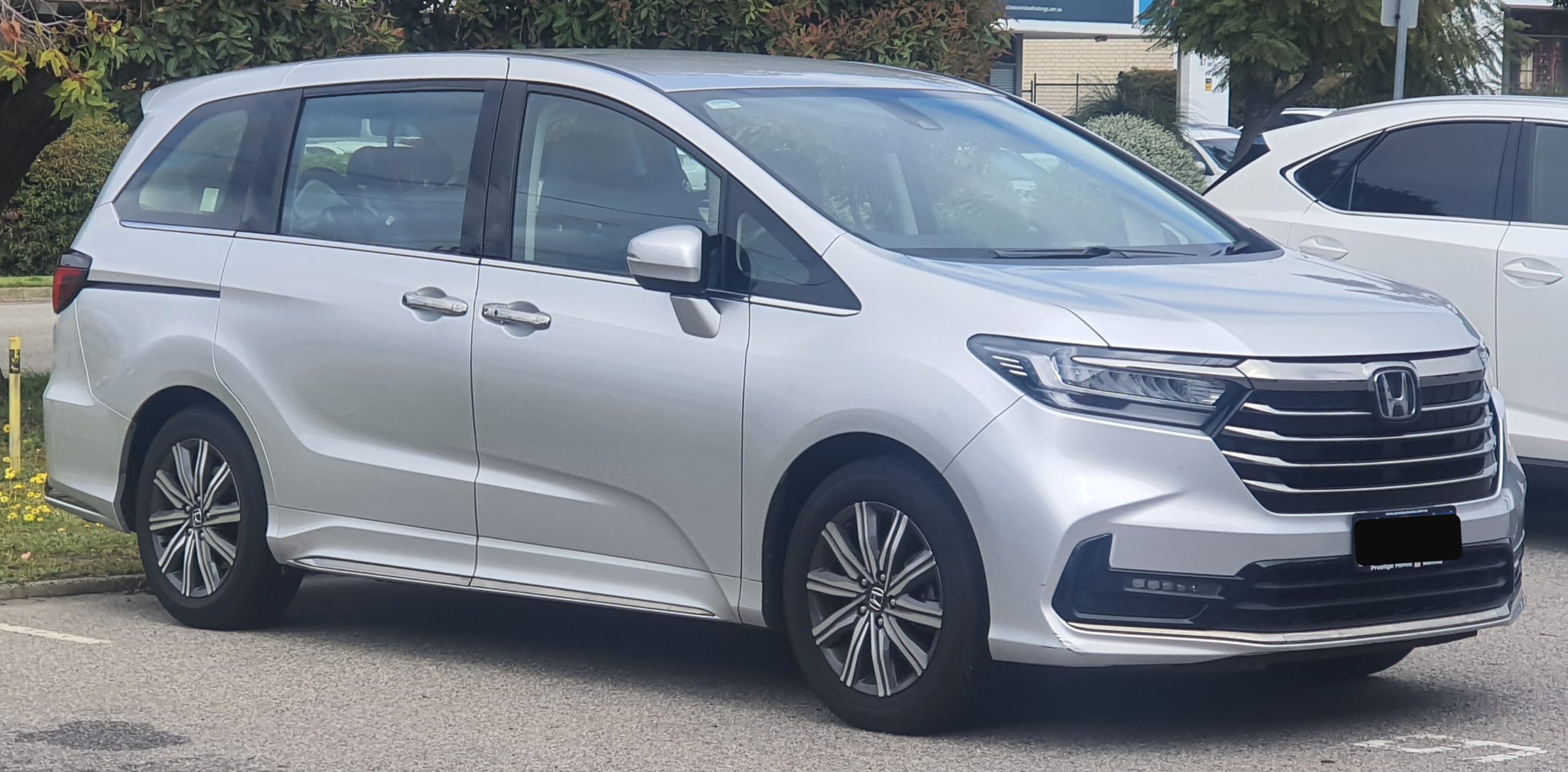
Complementing the visual monitoring is the CabinTalk in-car PA system, which enables parents to communicate clearly with rear-seat passengers through the vehicle’s speakers or headphones.
This feature is particularly valuable for managing children during long trips, reducing driver distraction while maintaining clear communication.
Child seat installation receives meticulous attention through the advanced LATCH (Lower Anchors and Tethers for Children) system. The Odyssey provides marked, easily accessible anchor points that simplify the process of securing child seats.
The Magic Slide second-row seats offer unprecedented flexibility, allowing parents to move and position child seats with ease and create custom seating arrangements.
The vehicle’s safety technologies extend far beyond passive protection. The Collision Mitigation Braking System uses advanced sensors to detect potential frontal collisions, automatically applying brakes if the driver doesn’t respond quickly enough.
Lane Keeping Assist provides subtle steering corrections to prevent unintentional lane departures, while Road Departure Mitigation helps guide the vehicle back to safety.
Additional safety features include a comprehensive airbag system with multiple deployment stages, adaptive cruise control, and a multi-angle rearview camera with dynamic guidelines.
Blind Spot Information System with rear cross-traffic monitor provides 360-degree awareness, minimizing potential collision risks.
2. Toyota Sienna
The Toyota Sienna represents a revolutionary approach to family vehicle safety, seamlessly blending hybrid technology with advanced protective features.
As a standard all-wheel-drive vehicle, the Sienna provides enhanced stability and traction across diverse driving conditions, a critical safety advantage for families going through unpredictable road environments.
Toyota Safety Sense 2.0 comes standard, delivering a comprehensive suite of safety technologies that work in concert to prevent accidents before they occur. The Pre-Collision System with Pedestrian Detection stands at the forefront of this safety arsenal.
Using sophisticated sensors and advanced algorithms, the system can identify potential collisions with vehicles, pedestrians, and cyclists, providing automatic emergency braking when necessary.
The hybrid powertrain contributes significantly to the vehicle’s safety profile. Its advanced electronic stability control and regenerative braking system offer smoother, more predictable braking performance.
This technology reduces the risk of skidding or unexpected vehicle behavior during emergency stops, providing an additional layer of protection for passengers.
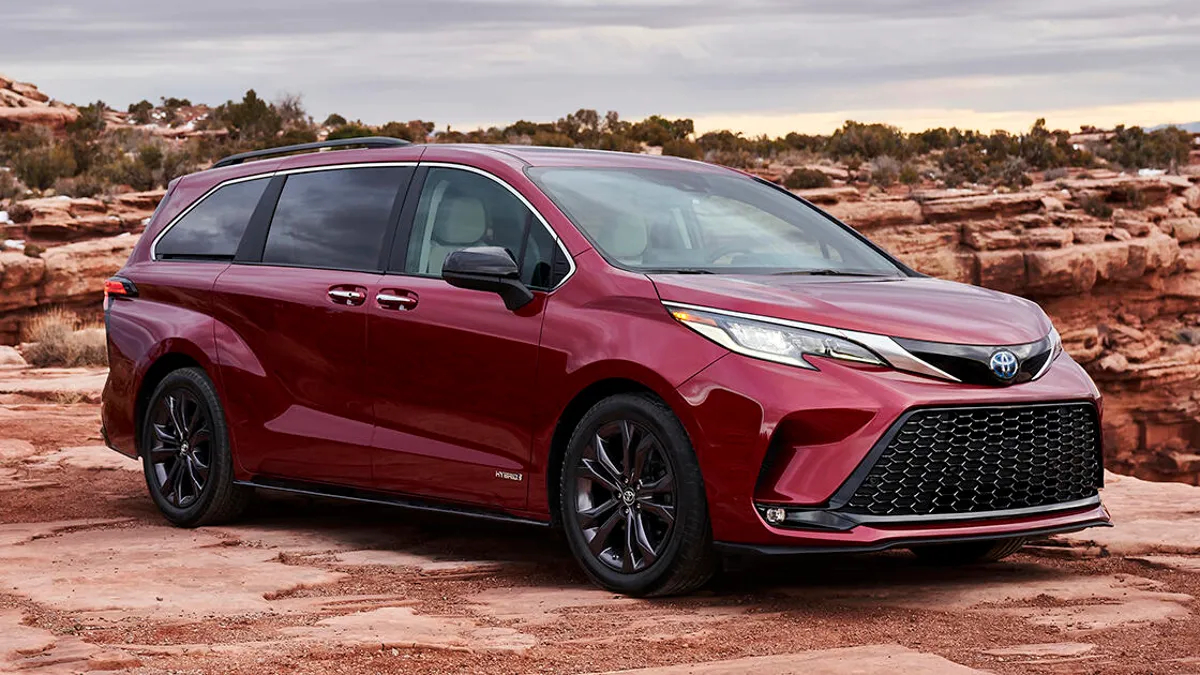
Lane Departure Alert with Steering Assist represents another critical safety innovation. The system goes beyond simple warnings, actively helping maintain vehicle position by providing subtle steering corrections when it detects unintentional lane drifting.
This feature is particularly valuable in preventing potential side-swipe accidents and maintaining vehicle stability.
Child seat integration receives exceptional attention in the Sienna’s design. The LATCH (Lower Anchors and Tethers for Children) system is strategically placed with clearly marked anchor points, facilitating easy and secure child seat installation.
Five-star safety ratings from the National Highway Traffic Safety Administration (NHTSA) validate the vehicle’s commitment to child protection.
The all-wheel-drive configuration provides additional safety benefits, particularly in challenging weather conditions.
Enhanced traction control and stability systems work together to maintain vehicle control on wet, icy, or uneven surfaces, giving parents added confidence during winter driving or unexpected road conditions.
Dynamic radar cruise control adds another layer of safety by maintaining a safe following distance from preceding vehicles. The system automatically adjusts speed to match traffic flow, reducing driver fatigue and potential collision risks during long trips.
3. Chrysler Pacifica
The Chrysler Pacifica represents a technological tour de force in minivan safety, combining sophisticated electronic systems with intelligent design to create an unprecedented protective environment for families.
Its safety approach transcends traditional automotive protection, integrating advanced technologies that anticipate and prevent potential accidents.
Chrysler’s Advanced Safety Group technologies form the foundation of the Pacifica’s safety ecosystem.
The Pedestrian Automatic Emergency Braking system stands out as a groundbreaking feature, capable of detecting and automatically braking for pedestrians in urban and suburban environments.
This technology provides critical protection in scenarios where split-second reactions can prevent devastating accidents.
Forward Collision Warning with Active Braking offers an additional layer of frontal collision prevention. Using advanced sensors and predictive algorithms, the system can detect potential impact scenarios and provide both visual and audible warnings.
If the driver doesn’t respond quickly enough, the system can automatically apply brakes, mitigating collision severity.
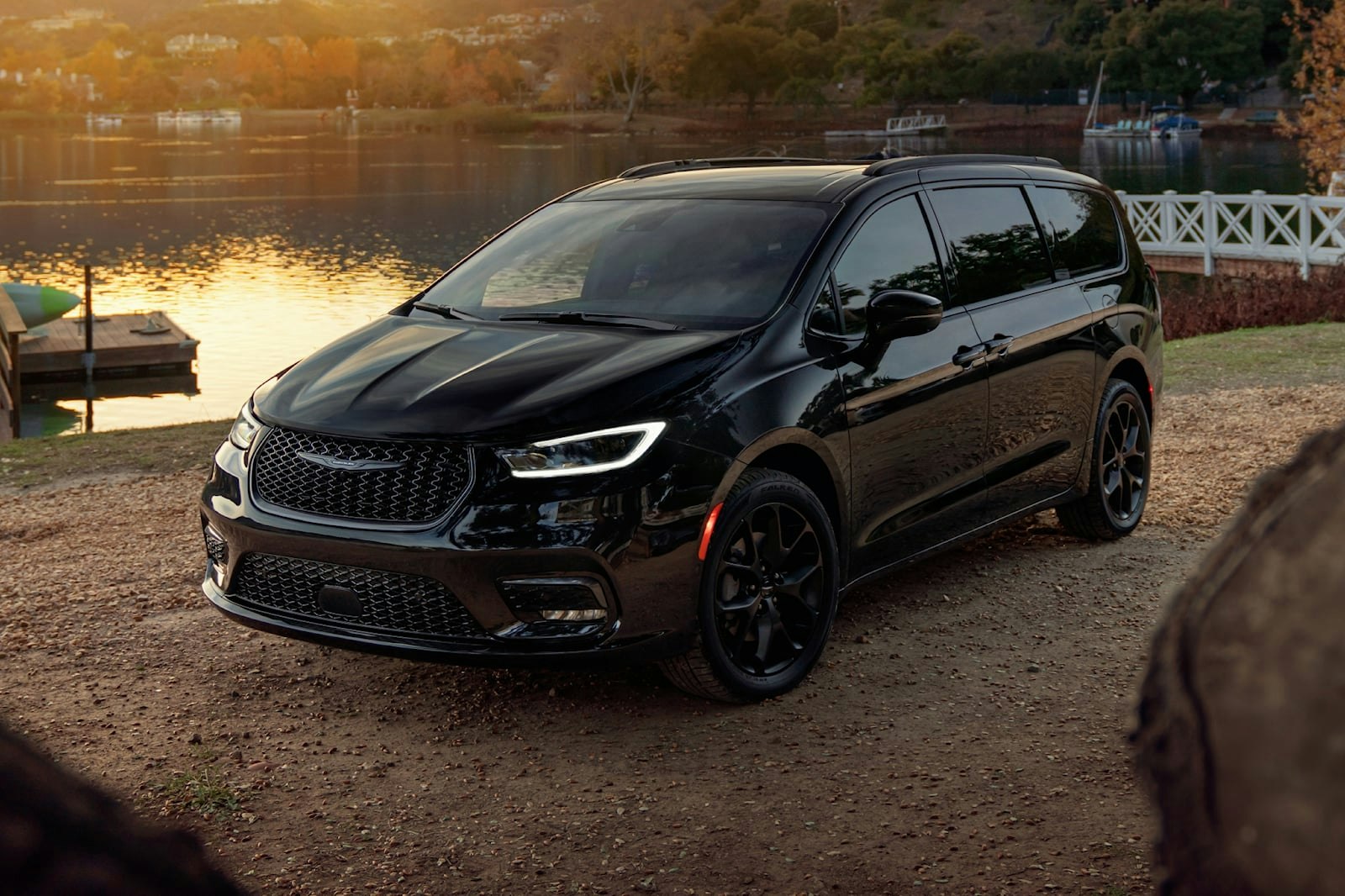
The 360-degree Surround View Camera represents another pinnacle of safety innovation. By providing a comprehensive bird’s-eye view of the vehicle’s surroundings during parking and low-speed maneuvers, this technology dramatically reduces blind spots and helps prevent low-speed collisions that often occur in congested areas.
4. Kia Carnival
The Kia Carnival represents a paradigm shift in minivan safety, blending luxurious design with advanced technological protection that sets new industry standards for family vehicle security.
At the heart of its safety philosophy is the Kia Drive Wise technology suite, a comprehensive system designed to anticipate, prevent, and mitigate potential driving risks.
Highway Driving Assist stands as a cornerstone of the Carnival’s safety features. This advanced system goes beyond traditional cruise control, using sophisticated sensors and cameras to maintain lane positioning and adjust vehicle speed in response to surrounding traffic conditions.
The technology provides subtle steering corrections and maintains a safe following distance, reducing driver fatigue and potential collision risks.
The Blind-Spot Collision-Avoidance Assist represents another critical safety innovation. Unlike traditional blind-spot monitoring systems, this technology can actively intervene to prevent accidents.
When the system detects a vehicle in the blind spot during a lane change attempt, it can automatically apply targeted braking to keep the Carnival safely in its original lane, preventing potential side-swipe collisions.
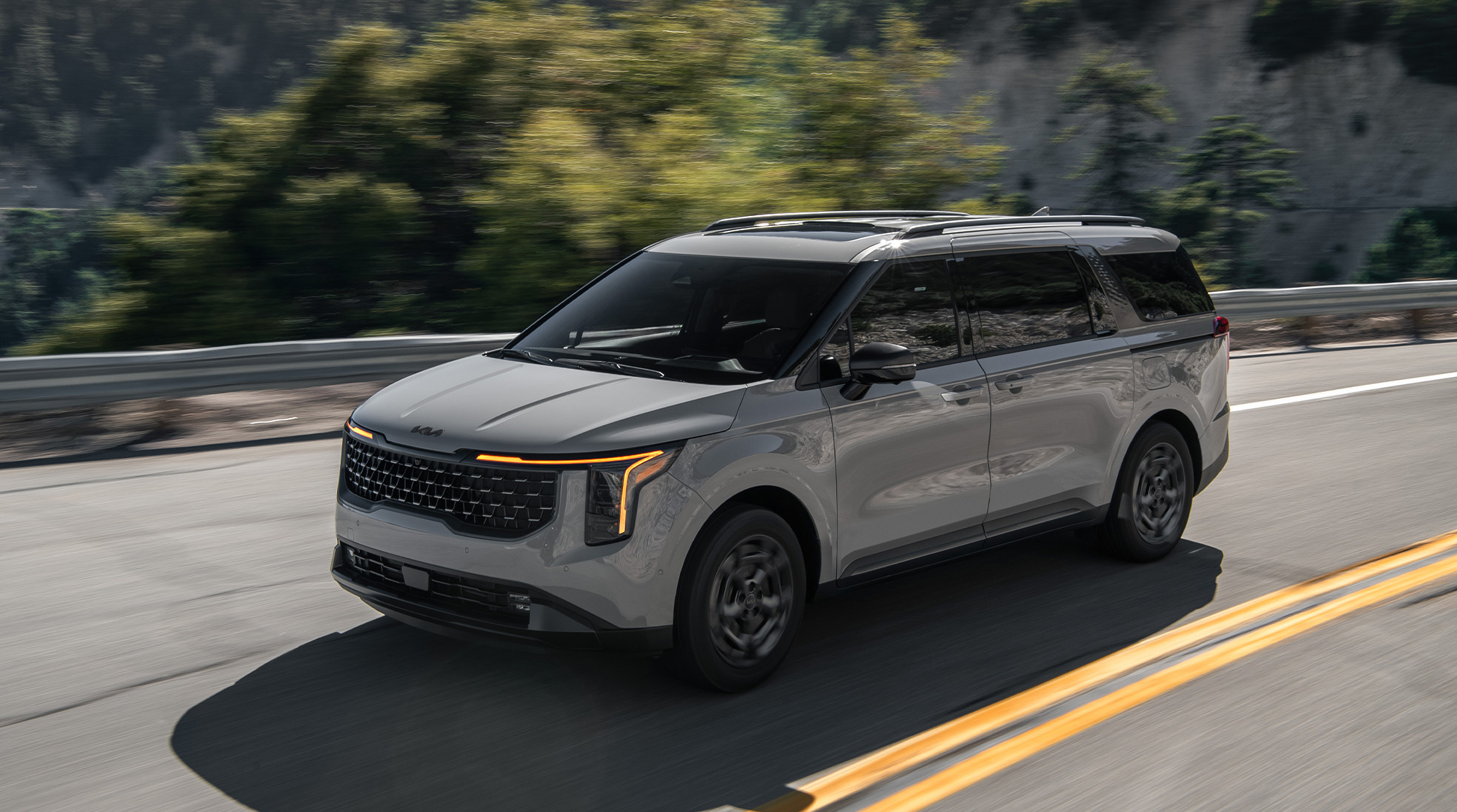
Child safety receives meticulous attention through the Carnival’s advanced LATCH (Lower Anchors and Tethers for Children) system.
Strategically placed anchor points and clear markings simplify child seat installation, ensuring secure and proper positioning. The vehicle’s wide-opening rear doors and low step-in height further enhance child safety during entry and exit.
The Forward Collision-Avoidance Assist with Pedestrian Detection represents a cutting-edge safety technology. Using advanced radar and camera systems, the feature can detect potential collisions with vehicles, pedestrians, and cyclists.
In critical situations, the system can automatically apply full braking force to prevent or mitigate a potential impact, providing an extra layer of protection in urban and suburban environments.
Rear Occupant Alert adds another innovative safety dimension. The system uses ultrasonic sensors to detect movement in the rear seats after the vehicle is parked. If movement is detected, the vehicle provides visual and audio alerts, helping prevent potentially dangerous situations where a child might be accidentally left in the vehicle.
The Carnival’s structural design contributes significantly to its safety profile. High-strength steel construction creates a protective cocoon around passengers, designed to absorb and distribute collision energy more effectively.
Multiple airbag systems, including side curtain airbags with a rollover sensor, provide comprehensive protection for all occupants.
Surround View Monitor offers a 360-degree perspective of the vehicle’s immediate environment during low-speed maneuvers.
By providing a bird’s-eye view, this technology helps parents go through tight parking spaces and avoid low-speed collisions that can often occur in busy family settings.
Also Read: 10 Classic Mercedes Models That Still Run Like New Even After 40 Years
5. Hyundai Palisade
While technically classified as an SUV, the Hyundai Palisade offers minivan-like safety features that make it an exceptional family vehicle.
Hyundai Smart Sense technology provides a multi-layered safety approach that prioritizes passenger protection through advanced technological innovations and intelligent design.
The cornerstone of the Palisade’s safety system is its comprehensive suite of driver assistance technologies. Forward Collision-Avoidance Assist represents a cutting-edge safety feature that goes beyond traditional collision warning systems.
Using advanced sensors and predictive algorithms, the system can detect potential frontal collisions with vehicles, pedestrians, and cyclists. When a potential impact is identified, the system can automatically apply brakes, potentially preventing or mitigating a collision.
Blind-Spot Collision-Avoidance Assist adds another critical layer of protection. This sophisticated technology monitors the vehicle’s blind spots and can actively intervene to prevent side-swipe accidents.
If the system detects a vehicle in the blind spot during a lane change attempt, it can apply targeted braking to keep the Palisade safely in its original lane.
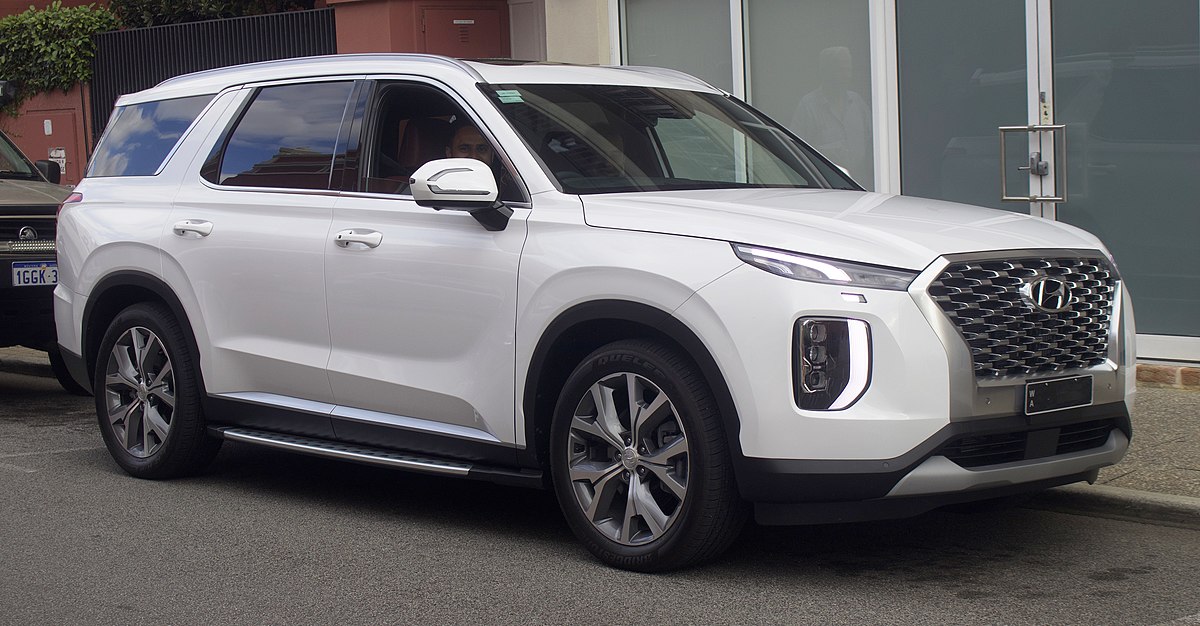
Child safety receives meticulous attention through the vehicle’s advanced LATCH (Lower Anchors and Tethers for Children) system.
Strategically placed anchor points and clear markings simplify child seat installation, ensuring secure and proper positioning. The rear seat design includes multiple configurations that accommodate various child seat types and sizes, providing flexibility for families with different safety needs.
The Palisade’s robust structural design plays a crucial role in passenger protection. High-strength steel construction creates a protective cocoon around passengers, designed to absorb and distribute collision energy more effectively.
Multiple airbag systems, including side curtain airbags with a rollover sensor, provide comprehensive protection for all occupants.
Rear Occupant Alert is a standout feature for child safety. The system uses ultrasonic sensors to detect movement in the rear seats after the vehicle is parked.
If movement is detected, the vehicle provides visual and audio alerts, helping prevent potentially dangerous situations where a child might be accidentally left in the vehicle.
Smart Parking Assist technologies further enhance safety during low-speed maneuvers. The Surround View Monitor provides a 360-degree view of the vehicle’s immediate surroundings, helping parents go to tight parking spaces and avoid low-speed collisions.
6. Chrysler Voyager
The Chrysler Voyager proves that advanced safety technologies aren’t exclusive to premium-priced vehicles. This minivan delivers a comprehensive safety package that prioritizes family protection at an accessible price point, making advanced safety features available to a broader range of families.
Chrysler’s Advanced Safety Group technologies form the foundation of the Voyager’s safety approach. The Pedestrian Automatic Emergency Braking system stands out as a critical feature, capable of detecting and automatically braking for pedestrians in urban and suburban environments.
This technology provides an extra layer of protection in scenarios where split-second reactions can prevent potentially devastating accidents.
Forward Collision Warning with Active Braking offers additional frontal collision prevention. Using sophisticated sensors and predictive algorithms, the system provides both visual and audible warnings when a potential impact is detected.
If the driver doesn’t respond quickly enough, the system can automatically apply brakes, mitigating potential collision severity.
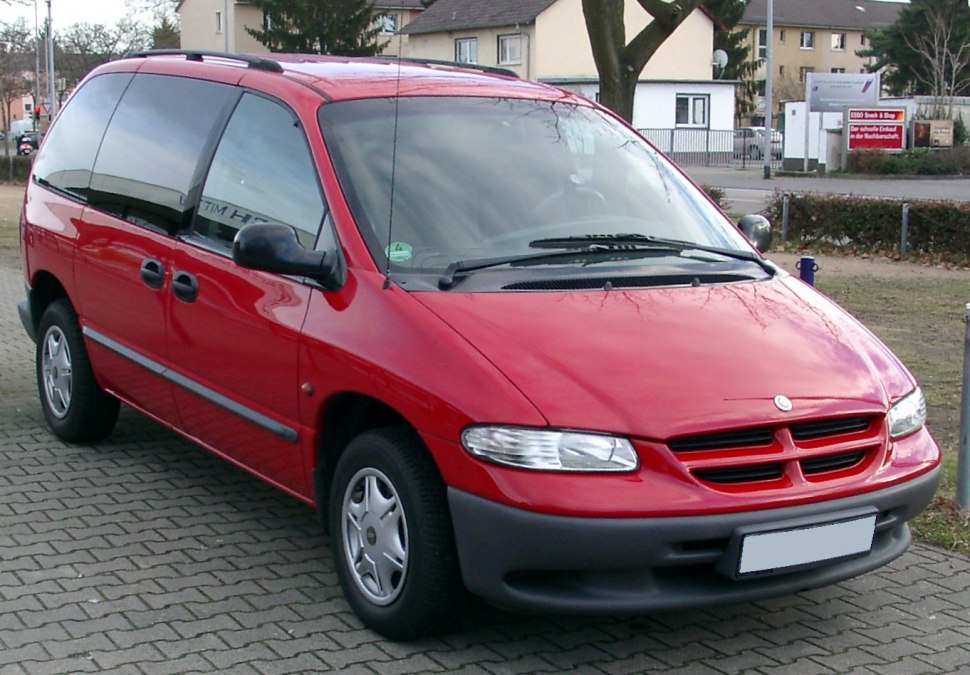
The LATCH system ensures secure child seat installation with clearly marked, easily accessible anchor points. Multiple seating configurations allow parents to position child seats strategically, maximizing safety and comfort for young passengers.
7. Nissan Quest
The Nissan Quest represents a groundbreaking approach to family vehicle safety, combining innovative design with advanced technological protection.
Although no longer in current production, the Quest set significant safety benchmarks that continue to influence modern minivan design, offering a comprehensive safety ecosystem that prioritizes family protection.
At the core of the Quest’s safety philosophy was its advanced body construction. Utilizing high-strength steel and sophisticated structural engineering, the vehicle created a robust safety cage designed to absorb and distribute collision energy with exceptional efficiency.
Strategically placed crumple zones worked systematically to minimize impact forces transferred to passengers, providing a multi-layered approach to physical protection.
The advanced airbag system represented a technological marvel of its time. Beyond traditional front and side airbags, the Quest featured an innovative multi-stage deployment system.
Sophisticated sensors could detect collision severity and passenger positioning, allowing for nuanced airbag inflation. This intelligent approach maximized protection while minimizing potential secondary injuries that can occur during airbag deployment.
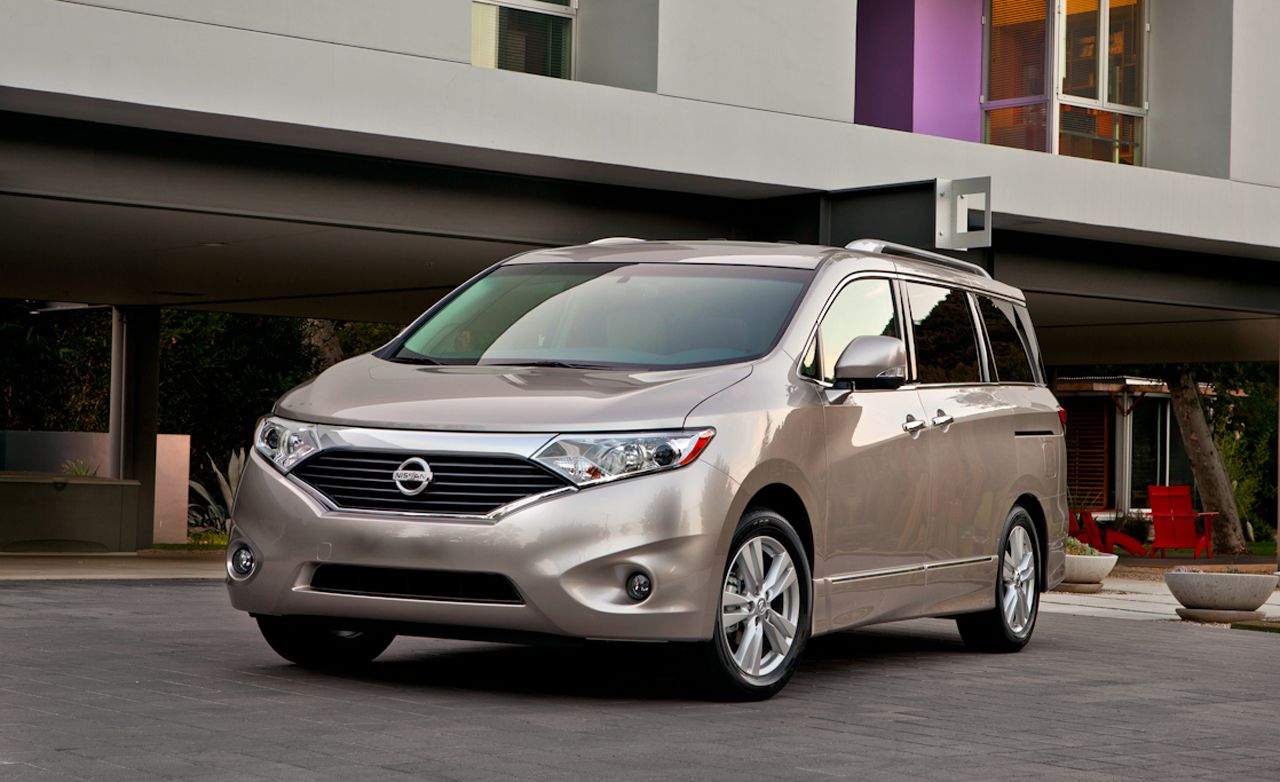
Vehicle Dynamic Control (VDC) stood as a critical safety technology, continuously monitoring the vehicle’s performance and driver inputs.
The system could detect potential loss of control scenarios, selectively applying individual wheel brakes and modulating engine power to maintain vehicle stability.
This technology proved particularly valuable in challenging driving conditions such as wet roads, icy surfaces, or sudden evasive maneuvers.
Child safety received meticulous attention through the Quest’s advanced LATCH (Lower Anchors and Tethers for Children) system.
Carefully designed anchor points provided multiple configuration options, allowing parents to secure child seats with exceptional ease and precision. The vehicle’s low step-in height and wide-opening doors further enhanced child safety during entry and exit.
Advanced safety technologies extended beyond physical protection. The Blind Spot Warning system used radar sensors to monitor areas typically invisible to drivers.
When a vehicle entered the blind spot, the system provided both visual and audible alerts, helping prevent potential side-swipe accidents during lane changes.
Rear Cross Traffic Alert added another layer of protection during low-speed maneuvers. When reversing, the system could detect approaching vehicles from either side, providing critical warnings that helped prevent parking lot collisions.
This technology proved especially valuable in crowded environments where visibility might be limited.
8. Mercedes-Benz Metris
The Mercedes-Benz Metris emerges as a unique safety solution, bridging the gap between commercial utility and family transportation with its professional-grade safety technologies.
Designed originally for commercial use, the Metris brings industrial-strength protection to family vehicle safety standards.
Collision Prevention Assist forms the technological cornerstone of the Metris safety system. This radar-based technology continuously monitors potential frontal collision risks, providing both visual and audible warnings to the driver.
In critical situations, the system can pre-charge the braking system, significantly reducing response time during emergency stopping scenarios.
A standout feature is the Crosswind Assist, a unique safety technology that helps maintain vehicle stability during challenging wind conditions.
By selectively applying brakes to individual wheels, the system prevents potential loss of control, a critical safety feature for families traveling in diverse environmental conditions.
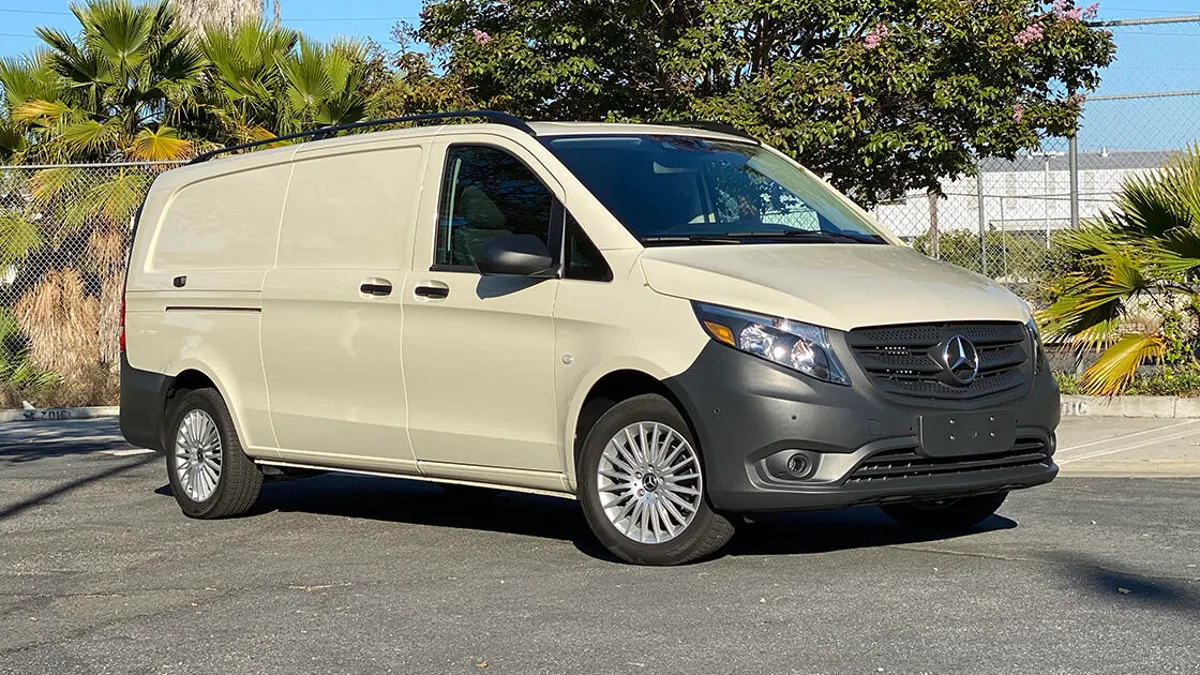
The vehicle’s structural design reflects Mercedes-Benz’s commitment to passenger protection. Utilizing high-strength steel and advanced crumple zone engineering, the Metris creates a robust safety cage designed to absorb and redistribute collision energy.
Multiple strategically placed reinforcement points provide additional protection during potential impact scenarios.
Advanced driver assistance technologies extend beyond basic safety features. Active Brake Assist can detect stationary and moving obstacles, providing automatic emergency braking intervention.
The system can recognize potential collision scenarios faster than human reaction times, offering an additional layer of protection.
ATTENTION Adaptive Electronic Stability Program provides continuous monitoring of vehicle dynamics. By analyzing factors like steering angle, wheel speed, and lateral acceleration, the system can detect and prevent potential skidding or loss of control situations before they become critical.
The LATCH child seat anchoring system ensures secure and straightforward child seat installation.
Marked anchor points and multiple seating configuration options allow parents to position child seats strategically, maximizing both safety and comfort for young passengers.
Comprehensive airbag protection includes front, side, and window airbags with advanced deployment algorithms. Sophisticated sensors can detect collision severity and passenger positioning, allowing for nuanced airbag inflation that maximizes protection while minimizing potential secondary injuries.
9. Ford Transit Connect Wagon
The Ford Transit Connect Wagon transforms the traditional minivan concept, offering a unique blend of utility and family-focused safety technologies.
Designed to meet the diverse needs of modern families, this vehicle provides a comprehensive safety approach that combines advanced electronic systems with intelligent structural design.
Ford’s Co-Pilot360™ technology serves as the cornerstone of the Transit Connect’s safety features. This advanced suite of driver assistance technologies provides a multi-layered approach to accident prevention and passenger protection.
Automatic Emergency Braking stands out as a critical feature, capable of detecting potential frontal collisions and applying full braking force to prevent or mitigate impacts.
Lane Keeping System adds another critical safety dimension. Using sophisticated cameras and sensors, the system can detect unintentional lane departures and provide subtle steering corrections.
When the vehicle begins to drift without a turn signal activated, the system gently guides the vehicle back to its intended lane, preventing potential side-swipe or run-off-road accidents.
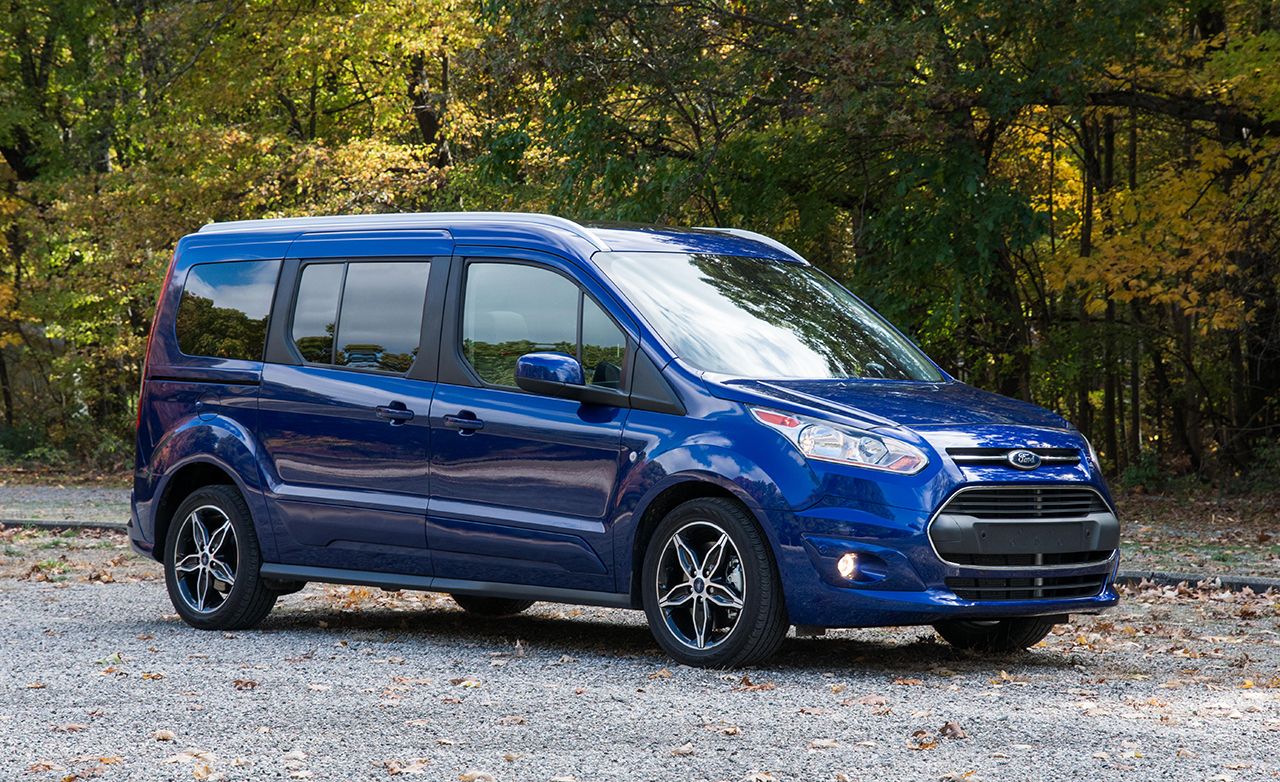
Child safety receives meticulous attention through the vehicle’s LATCH (Lower Anchors and Tethers for Children) system. Strategically placed anchor points and clear markings simplify child seat installation, ensuring secure and proper positioning.
The Transit Connect’s low step-in height and wide-opening doors enhance child safety during entry and exit.
Blind Spot Information System with Cross-Traffic Alert provides comprehensive awareness of the vehicle’s surrounding environment.
he system uses radar sensors to monitor blind spots and can alert drivers to vehicles approaching from behind or to the side during lane changes or parking maneuvers.
Cross-traffic alerts can detect approaching vehicles when backing out of parking spaces, adding an extra layer of protection.
The vehicle’s structural design contributes significantly to passenger safety. High-strength steel construction creates a robust safety cage designed to absorb and distribute collision energy effectively.
Multiple strategically placed crumple zones work to minimize the force transferred to passengers during potential impacts.
Rear View Camera with Dynamic Hitch Assist offers enhanced visibility during low-speed maneuvers.
The system provides a clear view of the area behind the vehicle, with additional guidelines to help with parking and maneuvering in tight spaces. This feature is particularly valuable for families going through crowded parking lots or complex urban environments.
10. RAM ProMaster City
The RAM ProMaster City bridges the gap between commercial utility and family transportation, bringing industrial-strength safety features to the family vehicle market.
Originally designed for professional use, this vehicle offers a unique approach to passenger protection that goes beyond traditional minivan safety standards.
Advanced electronic stability control forms the foundation of ProMaster City’s safety system. The sophisticated technology continuously monitors vehicle dynamics, analyzing factors such as steering angle, wheel speed, and lateral acceleration.
In potential skidding or loss of control scenarios, the system can selectively apply individual wheel brakes to maintain vehicle stability.
Forward Collision Warning with Active Braking represents a critical safety innovation. Using advanced sensors and predictive algorithms, the system can detect potential frontal collision risks and provide both visual and audible warnings.
If the driver doesn’t respond quickly enough, the system can automatically apply brakes, mitigating potential collision severity.
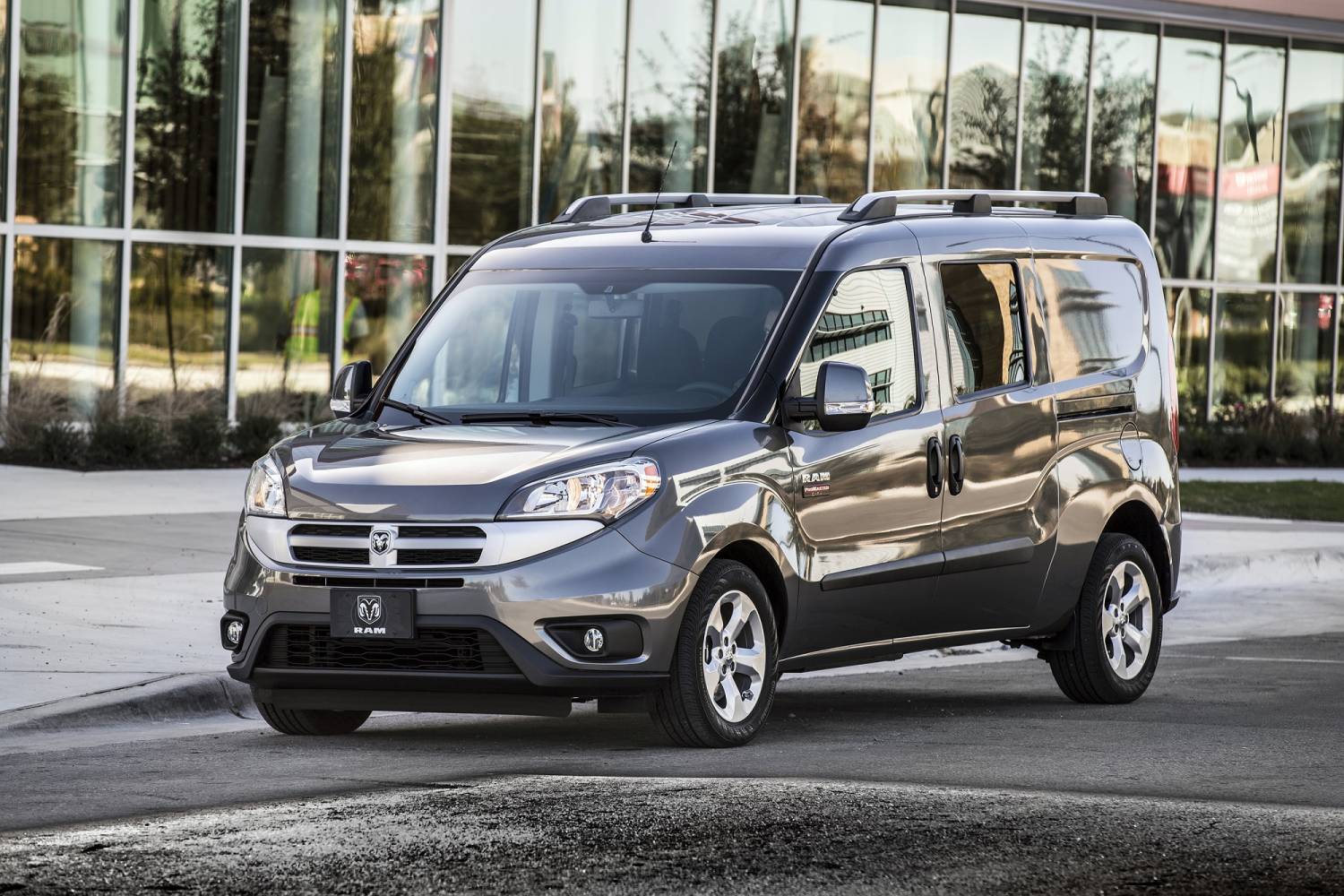
Child safety receives comprehensive consideration through carefully designed seating and anchoring systems. The LATCH child seat mounting points are strategically positioned to ensure secure and straightforward installation.
Multiple seating configurations allow parents to optimize child seat placement for maximum safety and comfort.
The vehicle’s structural design reflects RAM’s commitment to passenger protection. High-strength steel construction creates a robust safety cage designed to absorb and redistribute collision energy effectively.
Multiple crumple zones are strategically placed to minimize the force transferred to passengers during potential impacts.
11. Volkswagen Transporter
The Volkswagen Transporter represents the pinnacle of European safety engineering, bringing sophisticated protection technologies to the family vehicle market.
Originally designed as a multi-purpose commercial vehicle, the Transporter offers a comprehensive safety approach that goes beyond traditional automotive protection standards.
Volkswagen’s Front Assist system serves as the technological cornerstone of the Transporter’s safety features.
This advanced system uses radar sensors to monitor potential collision risks, providing both visual and audible warnings to the driver. In critical situations, the system can automatically apply emergency braking, potentially preventing or mitigating frontal collisions.
Lane Assist technology adds another critical layer of protection. Using sophisticated cameras and sensors, the system can detect unintentional lane departures and provide subtle steering corrections.
When the vehicle begins to drift without a turn signal activated, the system gently guides the vehicle back to its intended lane, preventing potential side-swipe or run-off-road accidents.
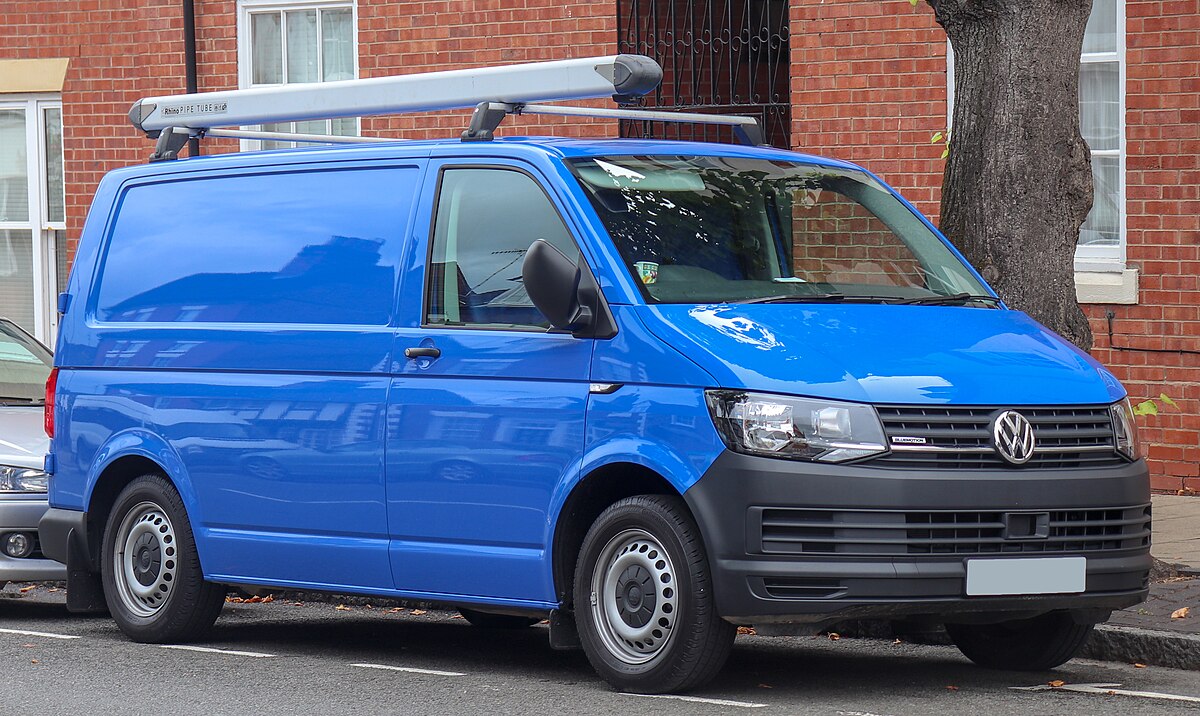
The vehicle’s structural design reflects Volkswagen’s commitment to passenger safety. Utilizing high-strength steel and advanced crumple zone engineering, the Transporter creates a robust safety cage designed to absorb and redistribute collision energy.
Strategic reinforcement points provide additional protection during potential impact scenarios.
Adaptive Cruise Control with Stop & Go functionality represents an advanced safety feature that reduces driver fatigue and potential collision risks.
The system can maintain a preset distance from preceding vehicles, automatically adjusting speed in response to traffic flow. During stop-and-go traffic, the system can bring the vehicle to a complete stop and resume motion when traffic begins to move.
12. GMC Terrain
The GMC Terrain offers a unique approach to family safety, combining SUV versatility with advanced protection technologies that exceed traditional automotive safety standards.
As a compact SUV with minivan-like safety features, the Terrain provides a comprehensive safety ecosystem designed to protect passengers in diverse driving scenarios.
GMC’s enhanced safety technologies begin with the available Enhanced Automatic Emergency Braking system.
This advanced feature goes beyond standard collision prevention, using sophisticated sensors to detect potential impacts with vehicles, pedestrians, and cyclists. The system can provide both visual and audible warnings, and in critical situations, automatically apply full braking force to prevent or mitigate potential collisions.
Lane Keep Assist with Lane Departure Warning represents another critical safety innovation. Using advanced cameras and sensors, the system continuously monitors the vehicle’s position within lane markings.
If the vehicle begins to drift without an activated turn signal, the system provides subtle steering corrections and alerts the driver, preventing potential side-swipe or run-off-road accidents.
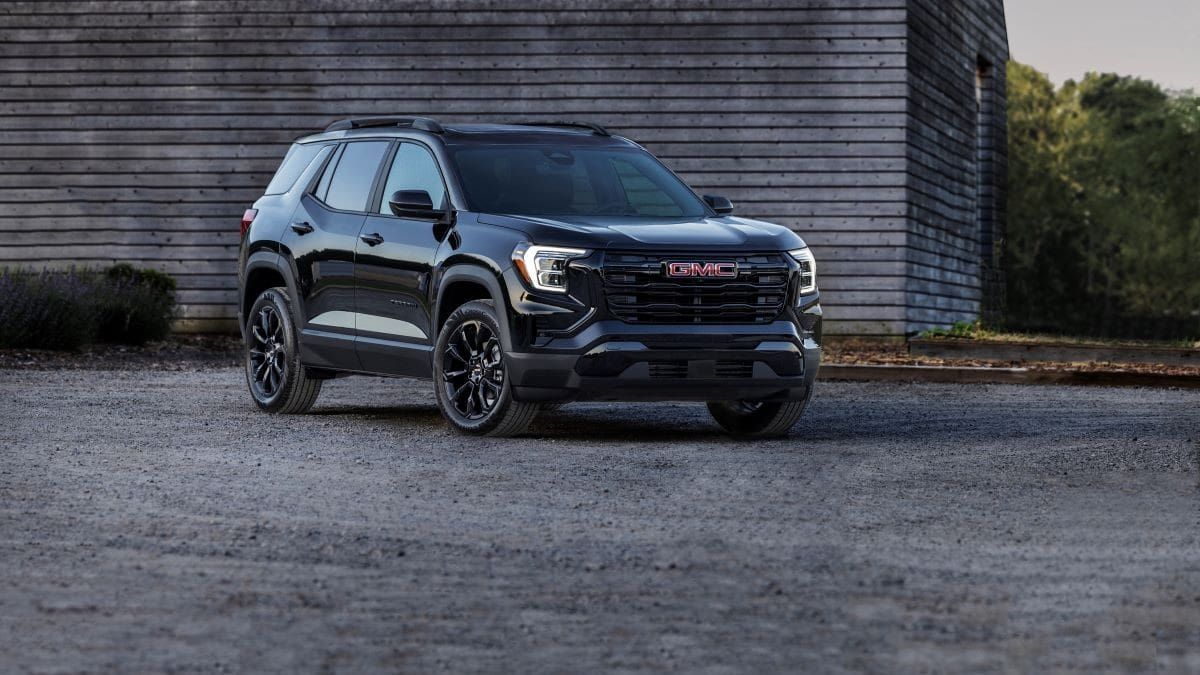
The Terrain’s structural design reflects GMC’s commitment to passenger protection. High-strength steel construction creates a robust safety cage designed to absorb and redistribute collision energy effectively.
Multiple strategically placed crumple zones work to minimize the force transferred to passengers during potential impacts.
Teen Driver technology offers a unique approach to safety for families with young drivers. This innovative system can limit certain vehicle features and provide a comprehensive report card of driving behaviors.
Parents can set speed warnings, and audio volume limits, and receive detailed feedback about driving performance, promoting safer driving habits.
Rear Cross Traffic Alert and Blind Spot Monitoring provide comprehensive awareness of the vehicle’s surrounding environment.
Using radar sensors, these systems can detect vehicles in blind spots during lane changes and approaching vehicles when reversing, significantly reducing the risk of low-speed collisions.
The LATCH child seat anchoring system ensures secure and straightforward child seat installation.
Marked anchor points and multiple seating configuration options allow parents to position child seats strategically, maximizing both safety and comfort for young passengers.
Also Read: 10 Classic Mercedes Models That Still Run Like New Even After 40 Years

